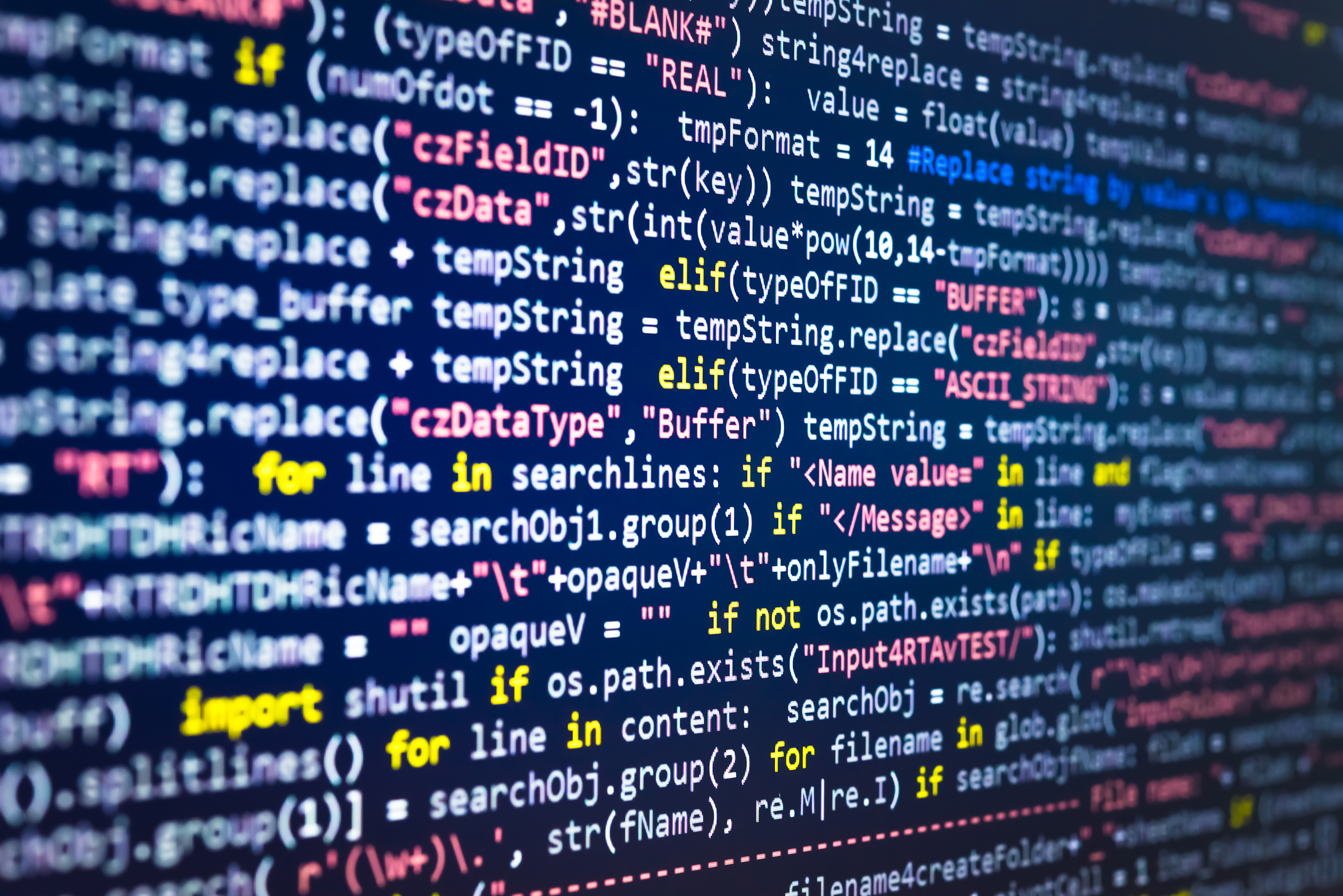A mathematical or statistical model is quite a tricky concept. It’s like a mathematical representation of one aspect of the world, which is usually put into some sort of computer software. You put something in, and something comes out. They can vary enormously in sophistication and complexity.
For example, if I’m getting an insurance quote for my car or my house or my life, I will put information in about myself on the website. There will be some model in the background doing calculations and coming up with a number. You can think of that as a simple algorithm, but actually it’s based on a model for how the risk factors that I’m putting in influence the chances of my house burning down, me having a crash or me living till 90.
Somebody has collected a lot of data. They’ve done statistical analyses. They’ve built some sort of formula, some sort of model which represents the relationships between these risk factors and the event of interest. That’s put into the software, which we then use routinely on a day-to-day basis. So that’s one of the simplest examples of a statistical model.


